
Introduction
Grinding ceramic balls are made from main raw materials such as kaolin, with the addition of some fluxes and additives, and are fired at high temperatures. It has high hardness and wear resistance. The higher the content of alumina, the better the hardness and wear resistance. Meanwhile, it also has excellent chemical stability and high-temperature resistance. During the grinding process, it is not prone to chemical reactions with materials and can adapt to different working environments. It is widely applied in industries such as chemical engineering, ceramics, and electronics, especially suitable for grinding scenarios with high requirements for material purity, such as grinding raw materials for electronic ceramics.
Type:
Alumina grinding ceramic balls: With alumina as the main raw material, they can be classified into various specifications such as 92%, 95%, and 99% based on the different contents of alumina.
Zirconia grinding ceramic balls: The main component is zirconia, and sometimes a small amount of stabilizers such as yttrium oxide are added to improve their performance.
Silicon carbide grinding ceramic balls: With silicon carbide as the main component, silicon carbide grinding ceramic balls with a cubic structure have higher hardness and better performance.
Zirconium silicate grinding ceramic balls: The main component is zirconium silicate, which is a new type of grinding medium.

Purpose
1. Ceramic industry: It is used for grinding and mixing ceramic raw materials, such as grinding quartz, feldspar, clay and other raw materials into fine powder to prepare high-quality ceramic bodies and glazes, making the texture of ceramic products more delicate and uniform, and improving the strength, luster and appearance quality of ceramics.
2. Coatings industry: It helps to grind pigments and fillers in coatings, such as titanium dioxide and calcium carbonate, reducing their particle size and evenly dispersing them in the coatings, thereby enhancing the covering power, color stability and application performance of the coatings, and improving the leveling and gloss of the coatings.
3. Electronic materials industry: In the production of electronic ceramics, magnetic materials, etc., it is used to grind raw materials into ultrafine powder to meet the strict requirements of electronic components for material precision and performance, ensuring that electronic materials have good electrical conductivity, insulation, magnetism and other properties.
4. Pharmaceutical industry: It can grind drug raw materials into particle sizes that meet the requirements of the formulation, improve the solubility and bioavailability of the drug, facilitate the absorption and release of the drug in the human body, and at the same time ensure the quality and stability of the drug, making it convenient to produce various dosage forms, such as tablets, capsules, suspensions, etc.
5. Mineral processing industry: In the process of crushing and grinding ores, it is used to grind ores into fine powder, allowing useful minerals to fully separate from gangue minerals, so that subsequent separation and extraction can be carried out through methods such as flotation, magnetic separation, and gravity separation, thereby improving the recovery rate of mineral resources and the grade of concentrate.
6. Chemical industry: It is used for grinding various chemical raw materials and intermediates, promoting the progress of chemical reactions, improving the uniformity and conversion rate of reactions, and can also be used for post-treatment of chemical products, such as grinding additives for high molecular materials like plastics and rubber, improving their dispersion in the matrix, and thereby enhancing the performance of the materials.
7. Food industry: In food processing, it can be used to grind food additives, flavors, pigments, etc., to better mix them evenly with food raw materials. It can also be used in the processing of some food raw materials that require fine grinding, such as grinding cocoa beans in chocolate production to obtain a delicate taste.
8. Environmental protection industry: In wastewater treatment, it can be used as a carrier for adsorbents. Through grinding, the adsorbent can have finer particles and a larger specific surface area, thereby enhancing the adsorption effect on heavy metal ions, organic matter and other pollutants in the wastewater. In the treatment of waste incineration ash, grinding ceramic balls can be used to grind the ash residue into fine powder for subsequent processing and resource utilization.
Specification and size
Alumina grinding balls: Size range from φ25mm to φ60mm, purity is 70%, 92%, 95%, 99%, etc.
Zirconia grinding balls: Size: φ0.05mm to φ30mm, common ones include 0.4-0.6mm, 1-3mm, etc.
Silicon carbide grinding balls: Sizes: 5mm, 6.35mm, 7.144mm, 9.525mm, 15.875mm, 25mm, etc.
Zirconium silicate grinding balls: Size: 0.1-50mm, common ones include Rimax series 0.8-1.0mm, 1.0-1.2mm, etc.
In addition, there is relatively little information on the specifications of other materials such as silicon nitride grinding balls. However, the search results mention that they have high hardness (Rockwell hardness 92-95 HRA) and compressive strength above 270MPa, but the specific size and density data are insufficient.


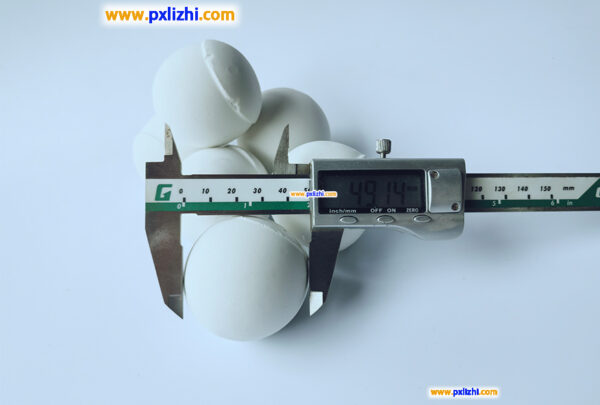
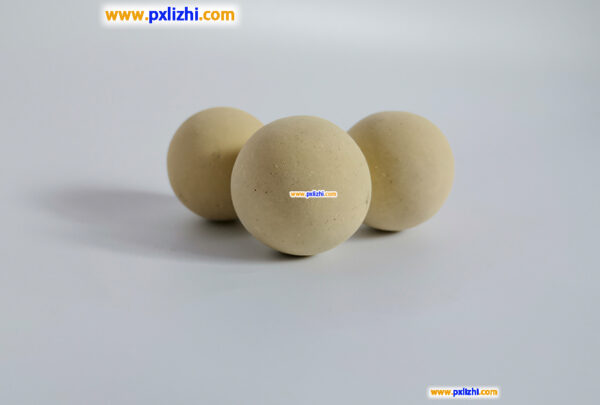
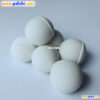

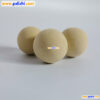

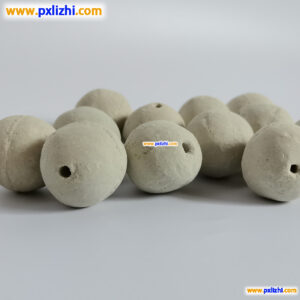
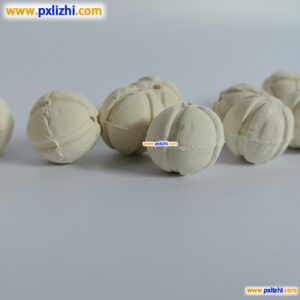
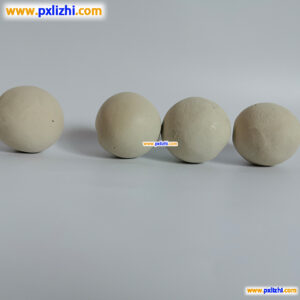

Reviews
There are no reviews yet.